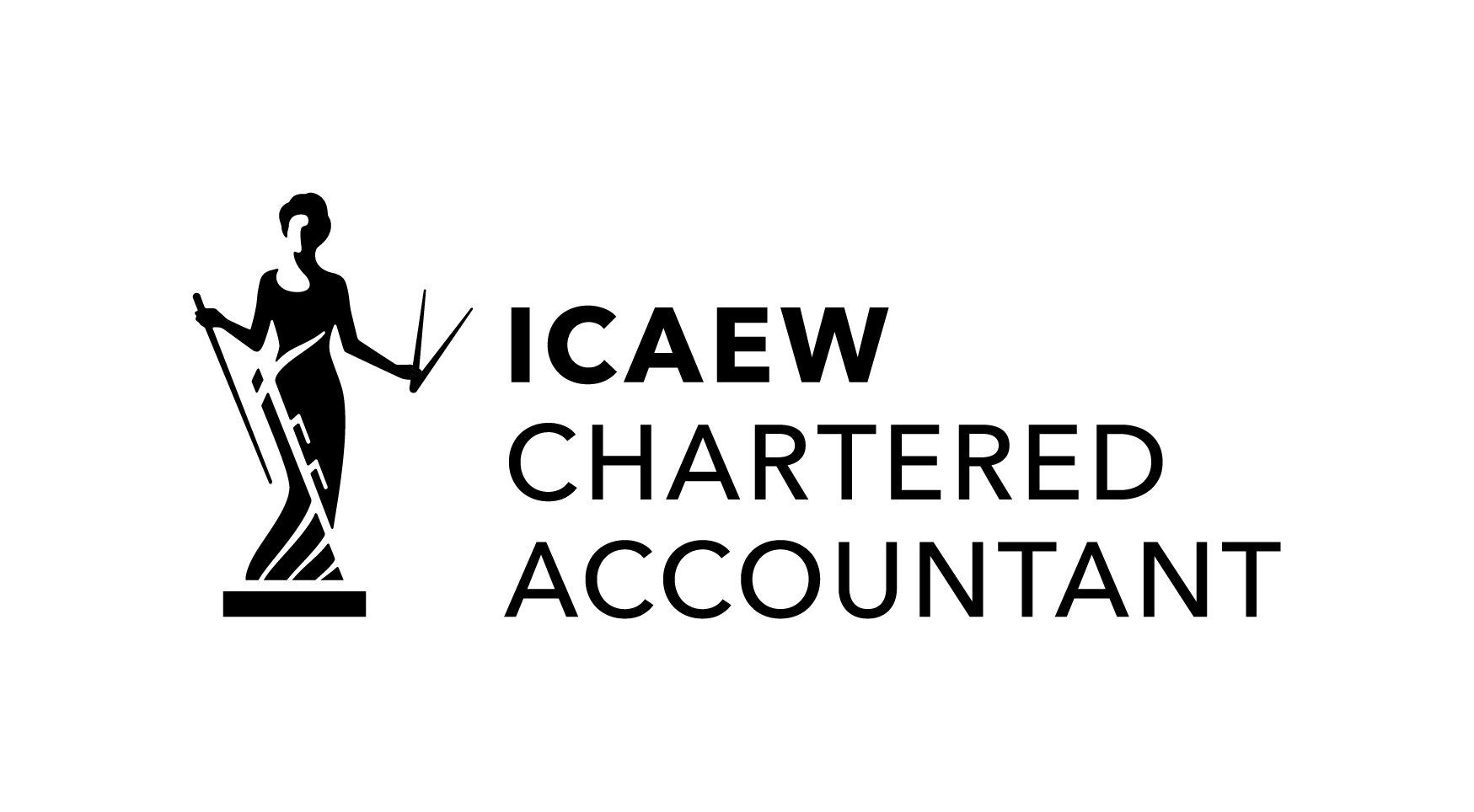The International Organisation for Standardisation (ISO) and their ISO 14001 standard, complying with environmental responsibilities.
ISO 14001 can address the threat of climate change

Launched in 2015, ISO 14001 is part of the greater family of ISO 14000 by the International Organisation for Standardisation (ISO). This family of ISOs sets standards regarding Environmental Management, and aims to help organisations and companies, regardless of their size (with specific guidance for SMEs), in facing their environmental responsibilities.
As we realize the global impact of climate change and the immediate threat it represents, the necessity to accompany organisations towards compliance to environmental norms has become apparent. This is where certifications such as ISO 14001 come in, making internationally recognised standards available to organisations and their Environmental Management System (EMS), which according to the ISO should aim to:
· ‘enhance environmental performance;
· fulfil compliance obligations;
· achieve environmental objectives.’
Upon obtaining the ISO 14001 certification, an organisation’s EMS is recognised as compliant with the requirements presented by the ISO. While complying with selected parts from ISO 14001 is possible and might ultimately benefit an organisation’s environmental management, certifications are only issued when all of the requirements set by the ISO are met.
What benefits can companies and organisations get out of ISO 14001?
ISO 14001 provides many advantages to organisations who decide to comply whether that is partially or fully to the standard. However, being certified will benefit organisations even more.
By applying ISO 14001 to the different environmental aspects of their activities and field, organisations are able to:
· Lower their environmental impact
· Reassure clients and stakeholders in turn improving the reputation of a business or organisation
· Reduce energy consumption and increase savings
· Truly integrate environmental variables into their business
· Access environmentally performant suppliers
· Increase the organisations’ awareness regarding environmental responsibilities
As mentioned earlier, ISO 14001 constitutes one of a multitude of standards offered by the ISO. That said, standards from the ISO can share a common structure, making them more compatible in some cases compared to having standard certifications from separate standard-setting bodies.
Moreover, standards put forward by the ISO are reviewed and amended regularly for them to be up to date with the latest trends, and ISO 14001 is no different with the latest reviewed version having been published in 2021.
Further information on ISO 14001 and ISO 14000:
Link to the ISO 14001: 2015 standard – Requirements and guidance for use:
https://www.iso.org/standard/60857.html
Link to the Introduction to ISO 14001:2015:
https://www.iso.org/publication/PUB100372.html
Link to the ISO 14001 practical guide for SMEs:
https://www.iso.org/publication/PUB100411.html
Link to the ISO 14000 main page:
https://www.iso.org/iso-14001-environmental-management.html



